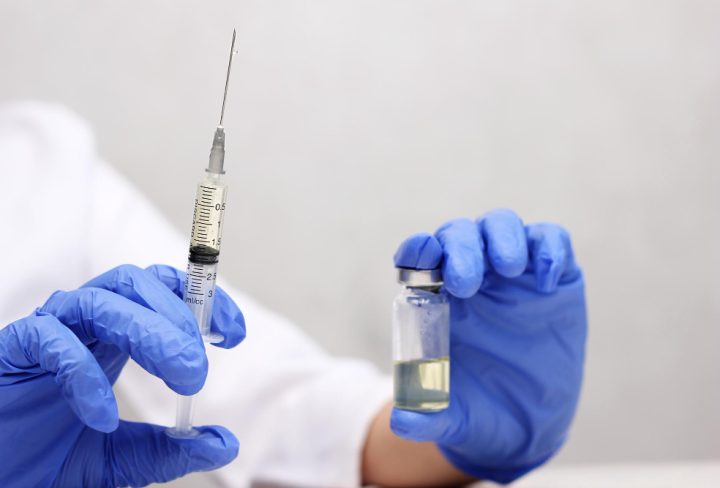What is Local Anesthetic Toxicity?
Local anesthetic toxicity happens when too much anesthetic enters the body. This can cause harmful side effects. Local anesthetics are medicines that numb a small area of the body. Doctors use them for minor surgeries or dental work. However, if the dose is too high, it may lead to toxicity. Because of this risk, safe local anesthetic dosage is very important. Following dosing guidelines helps prevent local anesthetic overdose symptoms and keeps patients safe.
Common Symptoms and Warning Signs
It is important to know the warning signs of local anesthetic toxicity. Early symptoms may be mild, but they can get worse quickly. For example, you may notice:
As toxicity increases, more serious symptoms can appear. These include:
If you notice any of these signs, seek help right away. Quick action can prevent serious harm.
Causes and Risk Factors
Several factors can increase the risk of local anesthetic toxicity. For instance, using too much anesthetic or injecting it into a blood vessel by mistake can cause problems. Other risk factors include:
Additionally, some people may be more sensitive to these medicines. Because of this, doctors must adjust the dose for each patient.
Safe Dosing Guidelines for Local Anesthetics
Doctors follow strict rules to keep patients safe. The safe local anesthetic dosage depends on the type of medicine, the patient’s age, and their health. For example, the CDC and WHO recommend:
In some cases, doctors may use special tools to help avoid injecting the medicine into a blood vessel. Always ask your doctor about the safe dose for your situation. If you live in a certain area, local guidelines may also apply.
Prevention Tips for Patients and Caregivers
There are steps you can take to lower the risk of local anesthetic side effects. For example:
Because prevention is key, always stay informed and alert during medical visits.
What to Do in Case of Suspected Toxicity
If you think someone is having local anesthetic toxicity, act quickly. First, call for medical help right away. Then, if the person is awake, keep them calm and still. Do not give them food or drink. If they have trouble breathing or lose consciousness, start basic first aid and wait for help. Early treatment can save lives. For more details, you can check resources from the CDC or WHO.
Conclusion
Local anesthetic toxicity is rare but serious. However, safe dosing guidelines and careful monitoring help prevent most problems. If you have concerns about local anesthetic safety, consult a healthcare professional for personalized advice.
